Perched atop the hills of Pangbisa in Paro, Dungkar Dzong is unlike any other dzong in Bhutan. Commissioned by His Majesty King Jigme Khesar Namgyel Wangchuck and constructed over seven years, this 21st-century architectural marvel is a powerful symbol of Bhutan’s transition from tradition to modernity. Blending time-honoured design with forward-thinking purpose, Dungkar Dzong stands as the largest dzong in the country and a beacon of Bhutan’s cultural confidence, innovation, and educational reform.
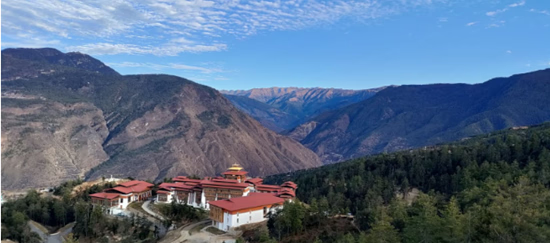
A Dzong Like No Other
What truly sets Dungkar Dzong apart is its unprecedented fusion of ancient symbolism and modern engineering. It is the only dzong in Bhutan to be equipped with a lift inside its Utse—the central tower of the fortress. This remarkable feature reflects Bhutan’s evolving architectural language, making heritage not only enduring but also accessible.
The Utse itself is a multifaceted space. It houses a contemporary library, an exhibition centre showcasing Bhutan’s cultural evolution, and a serene place of worship at the summit. This vertical integration of knowledge, culture, and spirituality reflects the holistic values underpinning Bhutanese society.
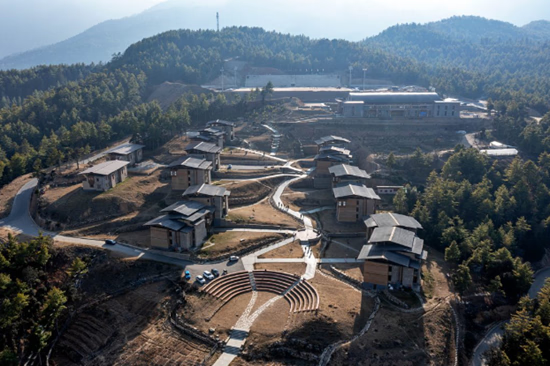
A Living Home to the Druk Gyalpo’s Institute
At the heart of Dungkar Dzong lies the Druk Gyalpo’s Institute (DGI), an education centre designed to shape future generations. The institute is home to the Bhutan Baccalaureate—a unique educational framework developed under His Majesty’s guidance. This curriculum integrates Bhutanese values with global competencies, fostering critical thinking, mindfulness, and civic responsibility.
Dungkar Dzong isn’t just a centre for learning—it’s a nurturing ground for Bhutan’s future leaders. Students, educators, and thought leaders converge here to reimagine education rooted in the nation’s spiritual and cultural soil.
A Stage for Global Dialogue
Dungkar Dzong is fast becoming an intellectual and cultural hub on the global stage. It has already hosted landmark events such as the Bhutan Innovation Forum, a three-day summit that welcomed entrepreneurs, visionaries, and international leaders to engage in conversations around sustainability, entrepreneurship, and Bhutan’s unique development philosophy.
To support such gatherings, the dzong includes world-class facilities—a multipurpose sports hall, a football field, a swimming pool, and conference spaces—all woven into the dzong’s traditional aesthetic.
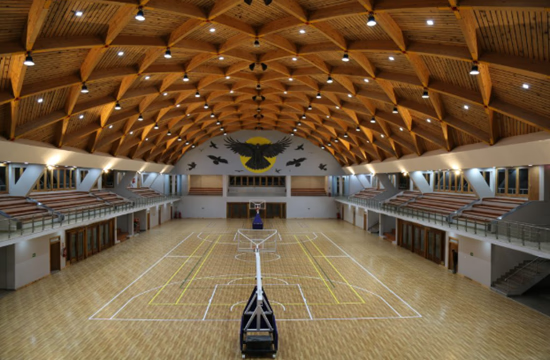
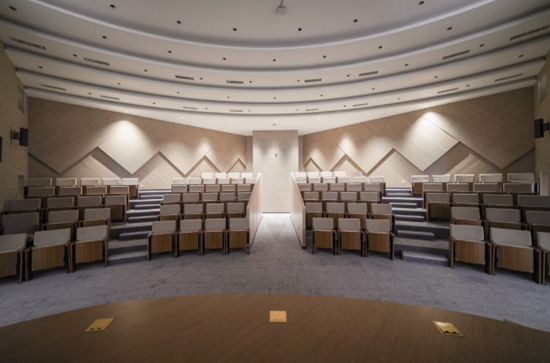
Architectural Harmony with a Spiritual Core
While forward-looking, Dungkar Dzong remains deeply spiritual. The entire complex was constructed using local materials—stone and wood—by artisans trained in traditional Bhutanese craftsmanship. The four entrances of the dzong, each guarded by deity figures, symbolise the four dimensions of time, inviting visitors to journey from the past through the present and into the future.
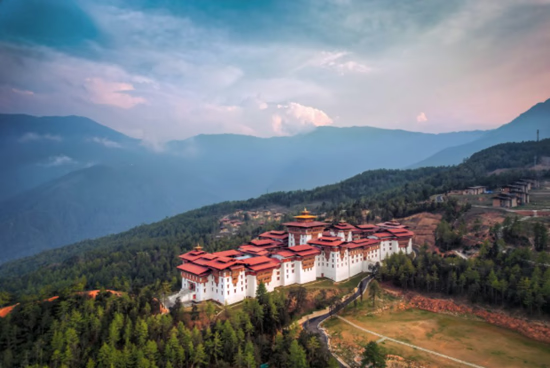
Surrounding Sacred Sites
Pangbisa itself is steeped in spiritual and historical significance. Among the sacred landmarks nearby are the majestic Chomolhari peak, believed to be the abode of Goddess Jomo; Ugyen Guru Lhakhang, a meditation retreat with centuries of history; Dongkola, the citadel of guardian deity Dongkar Tsen; and the undulating ridges leading towards Gelephu, seen as a gateway connecting Bhutan to the wider world. These revered sites further enrich Pangbisa’s cultural and spiritual tapestry.
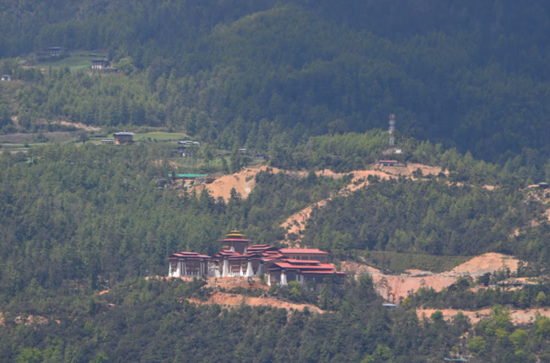
A New Model for Bhutanese Identity
Dungkar Dzong isn’t just another fortress—it’s a new national symbol. It embodies a Bhutan that is proudly rooted in its past yet ready to navigate the future. Whether you visit for its architectural wonder, educational legacy, or spiritual ambience, Dungkar Dzong is a compelling testament to the vision and values of a nation in transformation.
